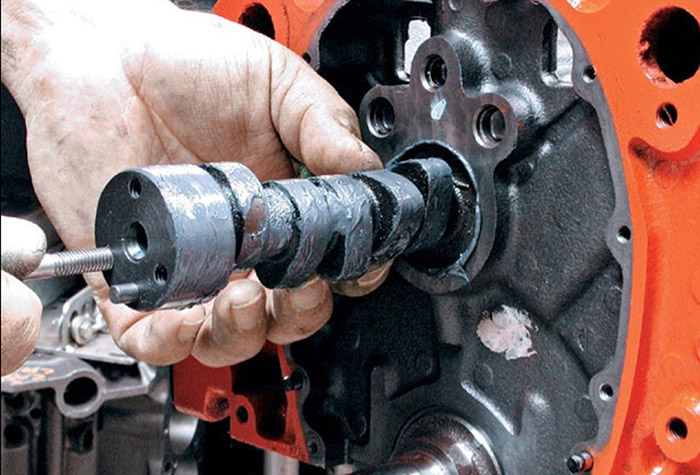Camshaft Break In Tips
Camshaft break-in is a hot topic, mainly because a lot of folks have done it wrong. It’s a critical part of new engine start-up procedure, or even just a camshaft upgrade. To make sure your camshaft survives the stress of the first few minutes of run time, check out these tips and put them to use on your new build.
The reason for the increase in camshaft failures is largely due to modern oils. Most new oils that you get from the parts store do not have the appropriate amounts of ZDDP (zinc dialkyl dithio phosphate)…we usually just refer to it as zinc. Lately, companies, such as Comp Cams and Champion Oil have introduced specific oils that feature high zinc levels, making them perfect for engine break-in as well as long-term use. You can choose between break-in lubricant, high zinc oil or break-in oil additive…or you can use a mixture of the three to make sure your lubrication is up to the task. Find out how to get high zinc oils and additives here!
Other ways that some engine builders prevent camshaft failure is to use a less aggressive rocker arm ratio, such as a 1.3:1. You can also run a lighter valve spring to help alleviate some of the pressure off the lifters and camshaft lobes.
As far as the actual break-in procedure, you’ll want to make sure your engine is absolutely ready to run for at least 20 minutes. Have plenty of fuel in the tank, and go ahead and prime your carburetor and get a safe baseline on the timing adjustment before firing the engine. It’s also a good idea to pre-lube the engine’s oiling system, with a drill and an extended oil pump driveshaft. Many companies make special tools specifically for the pre-lube process.
Finally, you can crank the engine! As soon as it comes to life, bring it up to 2,000 rpm, and hold it there. Alternate between 2,000 rpm and 2,500 rpm to allow the oil to sling into different areas. Do this for 20 minutes. After approximately 50 miles of moderate street driving, change the oil and the oil filter. From there, you should be good to go!
-

Honest Oval T-Shirt | White
$21.95 – $25.95 Select options -

Honest Flathead V8 Speed Shop Cap
$24.50 Add to cart -

Honest Charley Sticker
$1.25 – $3.25 Select options -

Honest PoweRed T-Shirt | Gray
$21.95 – $25.95 Select options -

TN Brewed T-Shirt
$21.95 – $25.95 Select options -

Honest Retro Oval Speed Shop T-Shirt | Navy
$21.95 – $25.95 Select options -

Honest Rat Rod Shirt
$21.95 – $25.95 Select options -

Honest Oval T-Shirt | Blue
$21.95 – $25.95 Select options -

Honest Charley Speed Shop Patch Key Fob
$4.95 Add to cart -

Honest Charley Speed Shop Logo BLACK Hoodie
$45.00 – $49.00 Select options -

Flathead V8 Ash T-Shirt
$21.95 – $25.95 Select options -

Honest Charley Speed Shop License Plate Tag
$12.95 Add to cart -

Honest Charley Speed Shop Store Front T-Shirt
$21.95 – $25.95 Select options -

Honest Charley Speed Shop Metal Sign
$45.00 – $75.00 Select options -

Honest Charley Magnet
$3.00 Add to cart -

Honest Charley Mesh Baseball Hat – Black
$29.00 Add to cart -
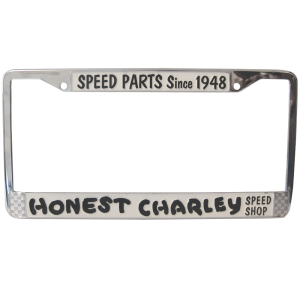
Honest Charley Speed Shop License Plate Frame
$21.95 Add to cart -

Coker Museum Unstructured Baseball Hat – Tan
$22.00 Add to cart -

El Camino SS Complete Front Nose Kit – Call To Reserve!
$2,995.00 Add to cart -

Honest Charley Speed Shop Fender Gripper – Out of Stock at this time!
$29.95 Read more -
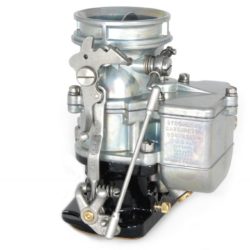
STROMBERG 97
$449.00 Add to cart -

Coker Museum – Honest Charley Coffee Mug
$11.95 Add to cart -

Coker Museum Sticker
$1.25 – $3.25 Select options -

TN Brewed T-Shirt Womens Cut
$21.95 – $25.95 Select options -

Youth Honest Charley Speed Shop T-Shirt – Gray
$19.50 Select options -

Honest Charley Onesie – Black
$21.00 Select options -
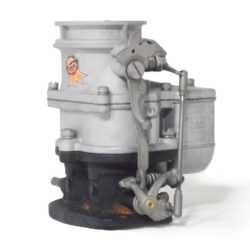
BIG97 PRIMARY – BARN FIND
$495.00 Add to cart -
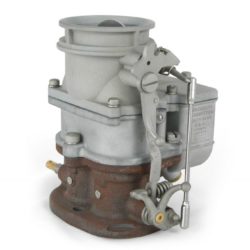
STROMBERG 97 BARN FIND
$495.00 Add to cart -

Jumbo Honest Charley Sticker 9″ x 4″
$5.00 Add to cart -

Coker Museum Magnet
$4.95 Add to cart -

Youth Honest Charley T-Shirt – Black
$18.50 – $19.95 Select options -

Youth Coker Museum Logo T-Shirt – Black
$21.00 Select options -

Youth Coker Museum Logo T-Shirt – Gray
$21.00 Select options -

Youth Flathead V8 Ash T-Shirt
$19.95 Select options -

Youth Rat Rod T-Shirt – Teal
$19.95 Select options -

Coker Museum Onesie – Gray
$23.00 Select options -

Coker Museum Mesh Baseball Hat – Gray
$29.00 Add to cart -

Coker Museum Mesh Baseball Hat – Maroon
$22.00 Add to cart -

Honest Charley Onesie – Gray
$21.00 Select options -

Coker Museum Onesie – Black
$23.00 Select options -
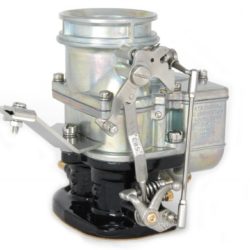
BIG97 PRIMARY – CABLE CHOKE
$525.00 Add to cart -
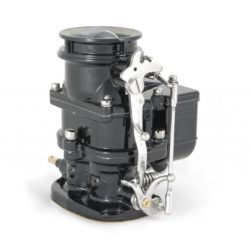
BIG97 PRIMARY – BLACK
$525.00 Add to cart -

STROMBERG 97 BLACK
$525.00 Add to cart -
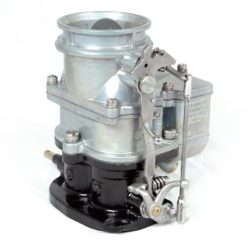
Stromberg Big 97 Carburetor
$495.00 Add to cart -

Honest Charley Speed Shop Gift Certificate
View products -

Stromberg 97 Carburetor | Push Throttle
$495.00 Add to cart


